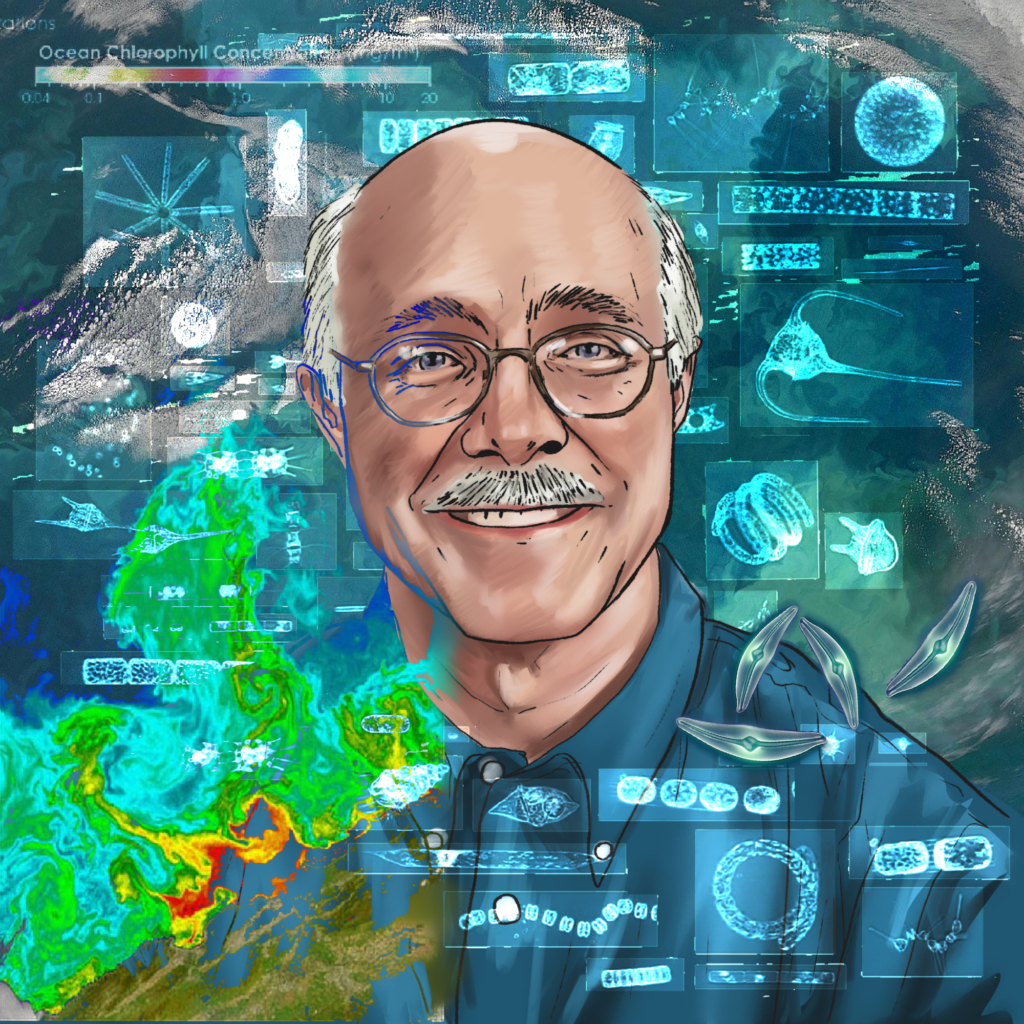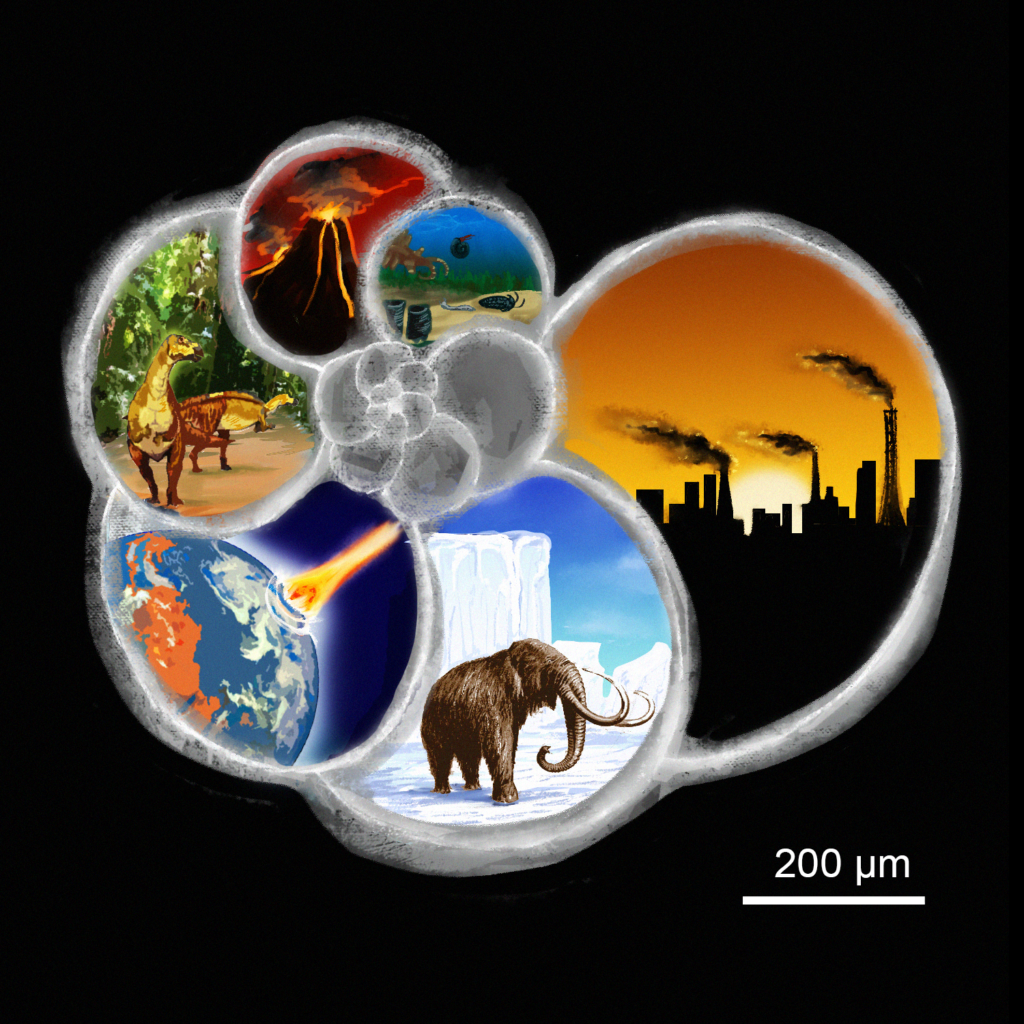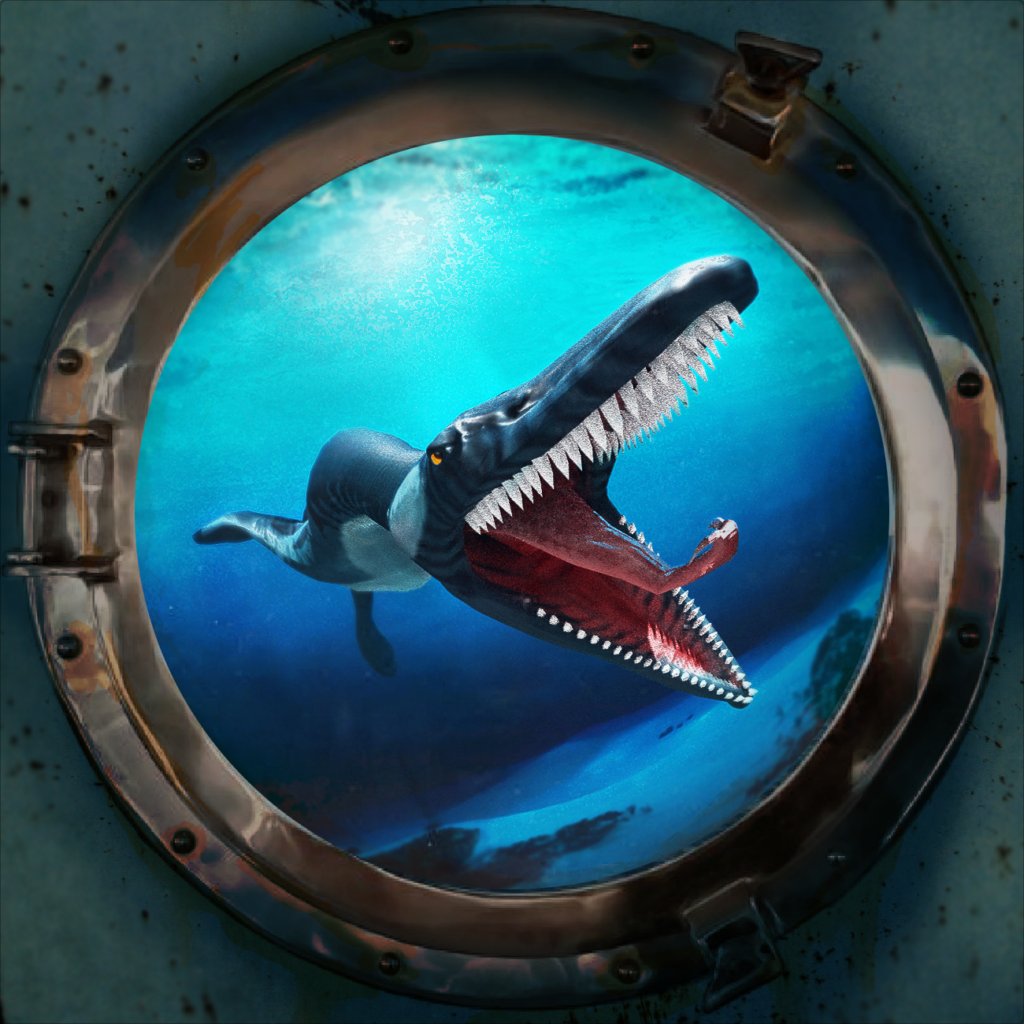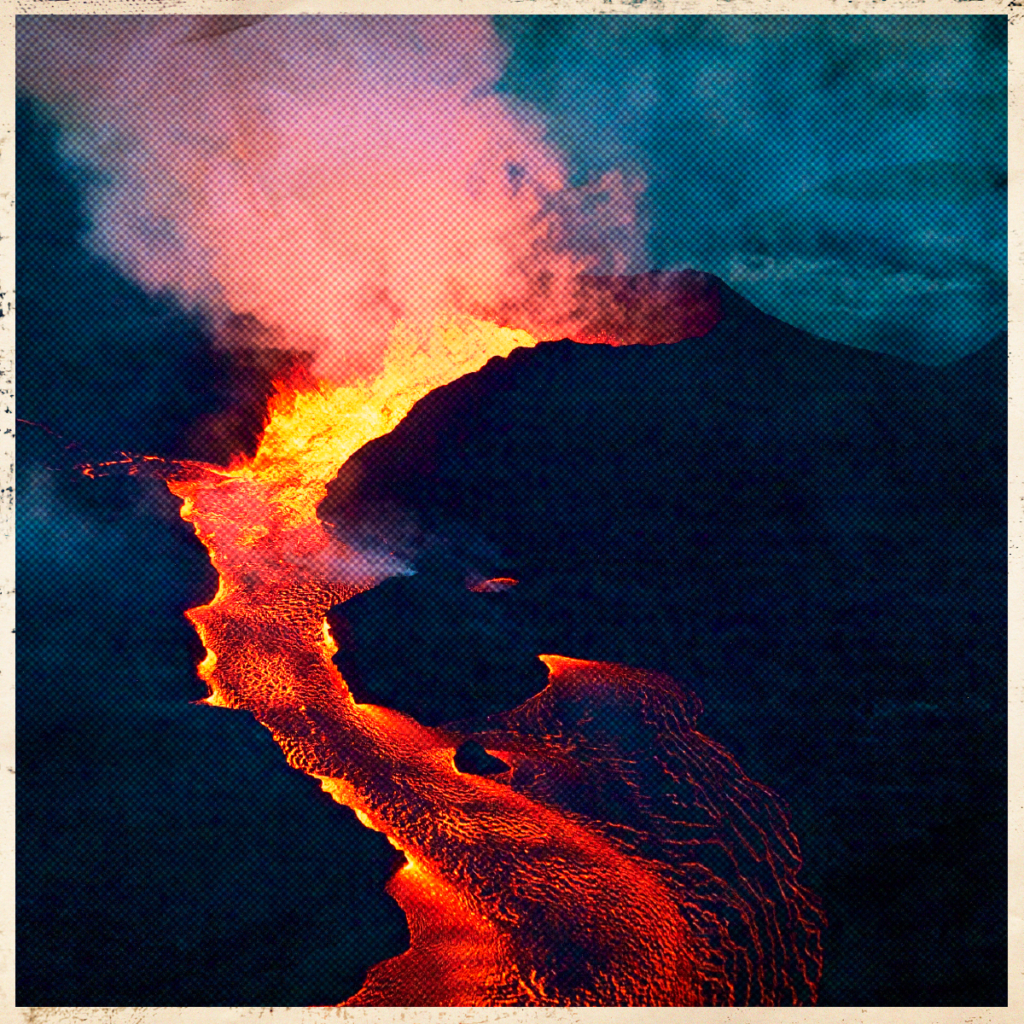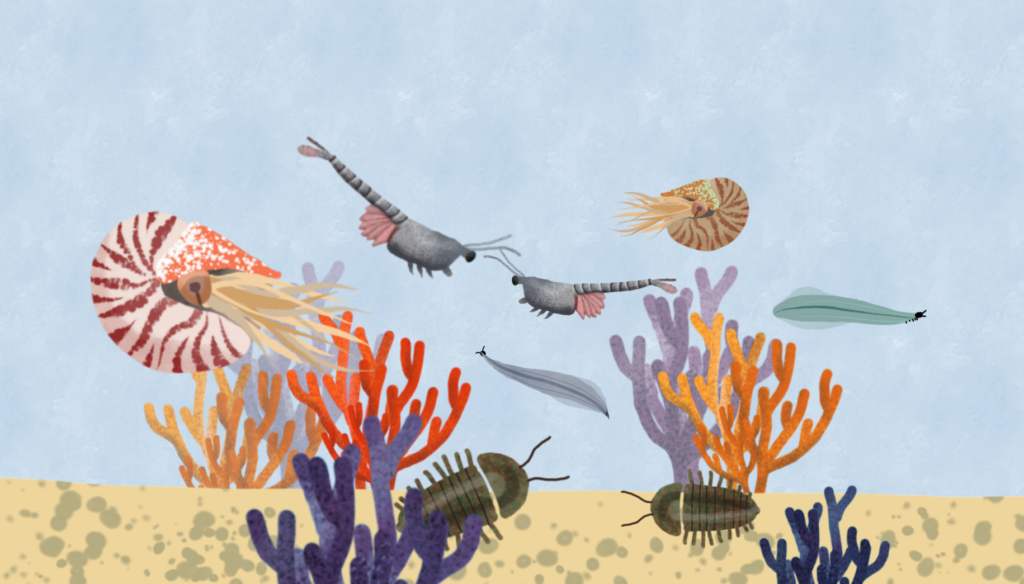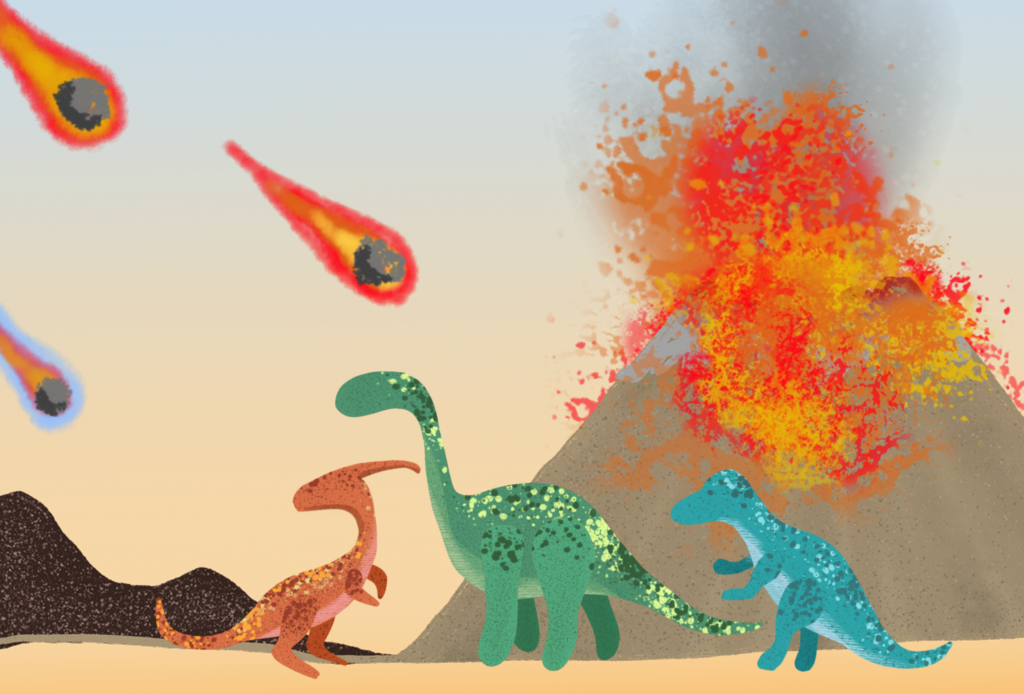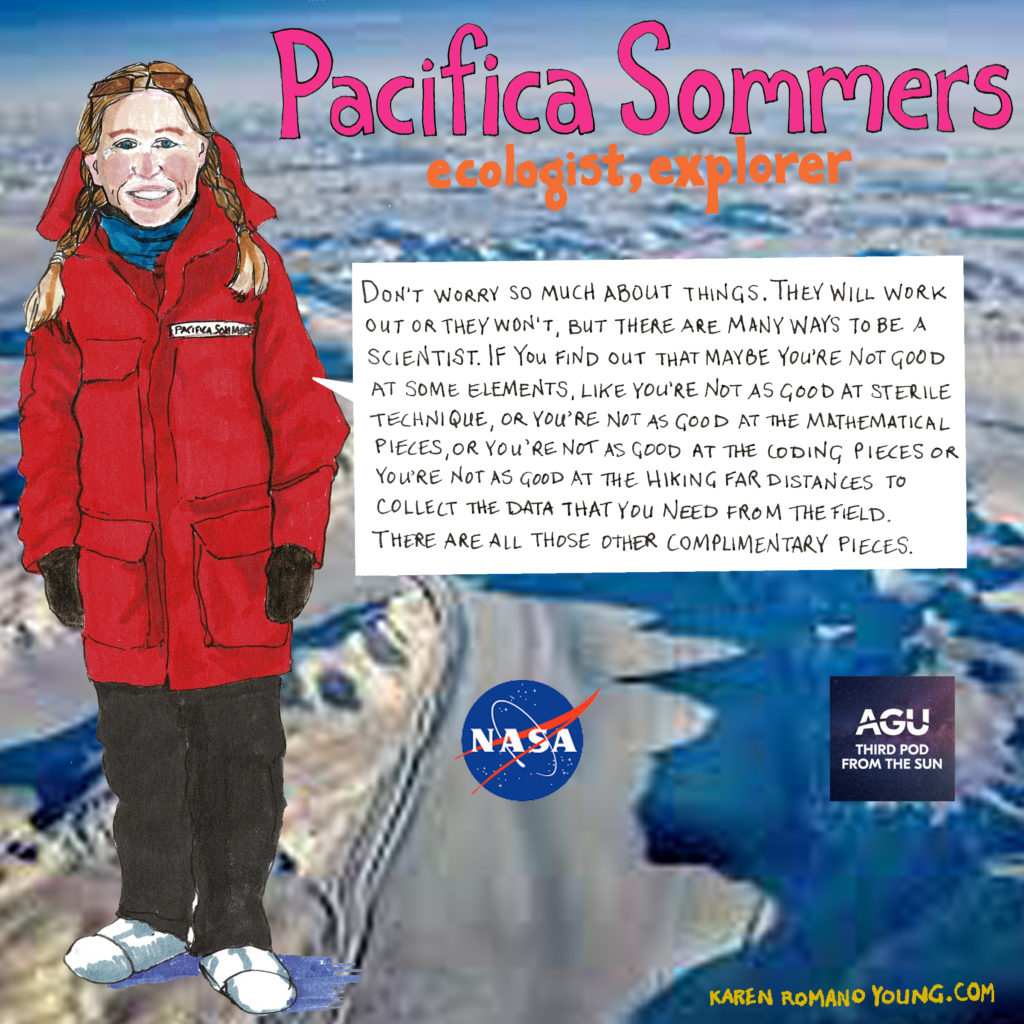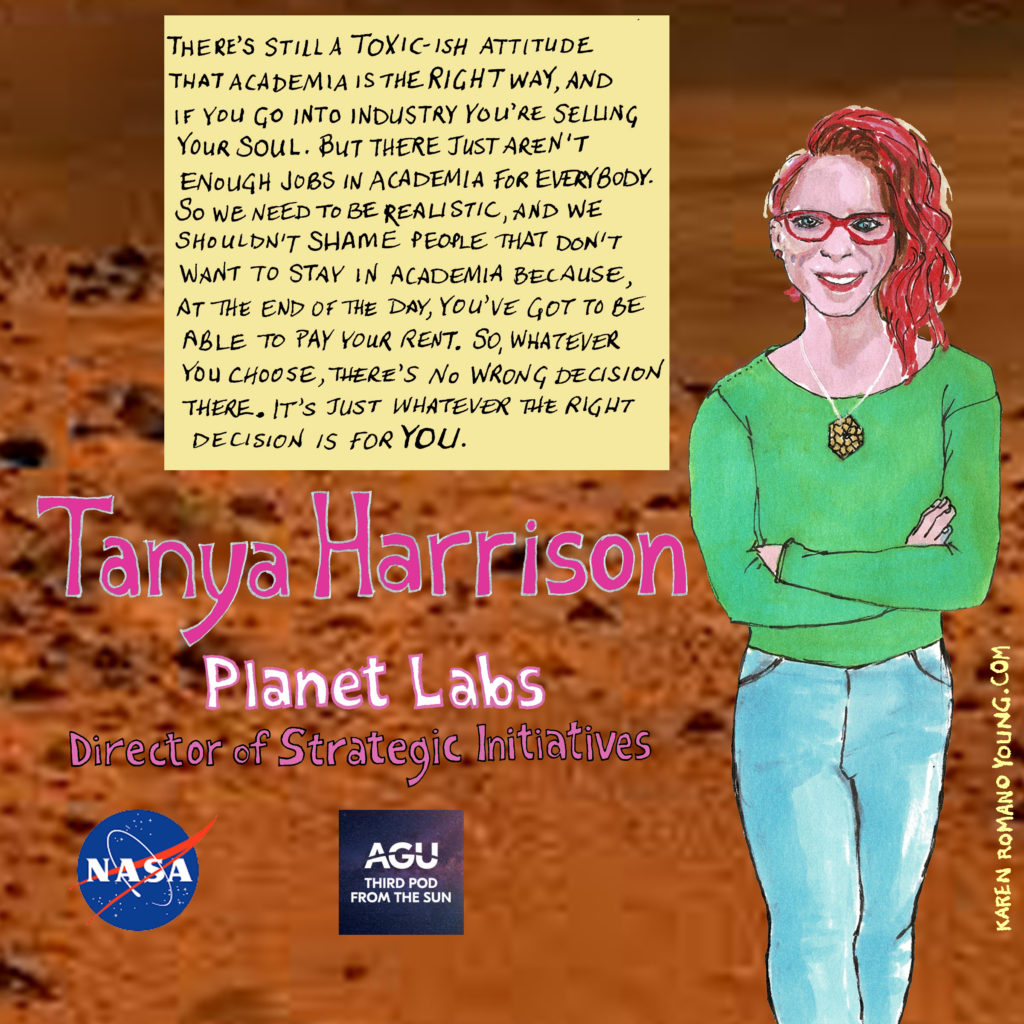Biogeosciences
21-Storied careers: Scouring seas from the skies
This episode is about how satellite technology is being used to study a big chunk of the earth’s surface. Seventy percent of the earth comprises water but we know very little about it. Color sensors aboard some satellites can actually reveal a lot about phytoplankton or microalgae blooms that are linked to ocean temperatures. These tiny organisms contribute to half the photosynthesis on the planet.
Read More16-Ice: Shells of an ice-less past
Brian Huber is a climate detective at the Smithsonian who grew up collecting arrowheads in the woods of Ohio, but now collects and studies fossils from sediment cores. Brian uses fossils of tiny organisms − foraminifera − to track climate over millions of years, including the Cretaceous Hot Greenhouse climate.
Read More11-Extinctions: Oddballs of the Triassic
Hans Sues is a fossil guy at the Smithsonian. Born in Germany, he has been all over the world finding and interpreting fossils for more than 40 years. His focus is on vertebrates – both in his professional work and his personal attachment to cats.
Read More9-Extinctions: Not your science fair volcano
For many of us, the word “extinctions” conjures up images of dinosaurs, asteroids, and (maybe?) volcanos. And while that last point did likely play a role in the demise of the dinosaurs, volcanos in their own right can go extinct. In this episode, we chatted with volcanologist Janine Krippner, Honorary Research Associate at the University of…
Read More8-Extinctions: The (Maybe) Cambrian (Not Really) Explosion
The Cambrian explosion is commonly labelled as the time in Earth’s history when animals suddenly appear. But research from geoscientist Rachel Wood and her team turns this explanation on its head.
Read More7-Extinctions: Dinosaurs, a Big Rock, and…Climate Change?
When you hear the word “extinction,” chances are you probably think of the extinction of the dinosaurs and a big rock. But did you know that there were other factors at play that lead to that extinction including volcanos and sea-level rise?
Read More5-True story: A prop plane, a bucket, and a trip to Antarctica
Pacifica Sommers is an ecologist and explorer. From the deserts of Arizona to the Antarctic tundra, Pacifica has looked at how organisms from tardigrades to pocket mice live in extreme environments. We talked with her about some of the most beautiful places on Earth, the diversity of folks who can be scientists, and what exactly that bucket is for on the flight to Antarctica.
Read More3-True story: A Martian on Earth
Tanya Harrison never thought she was going to be an astronaut. But she was determined to go to space. And she did just that – through satellites, first to Mars, and now looking back at our own third rock from the Sun as she uses satellites to map places near and far. We talked with…
Read More
